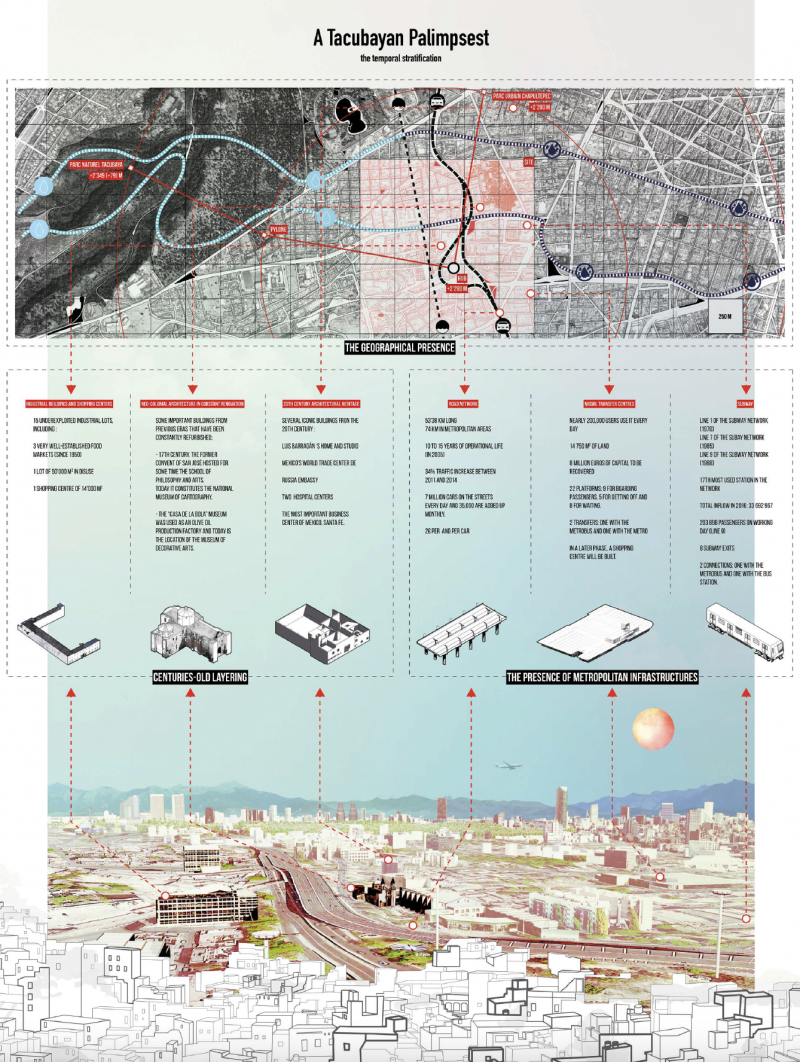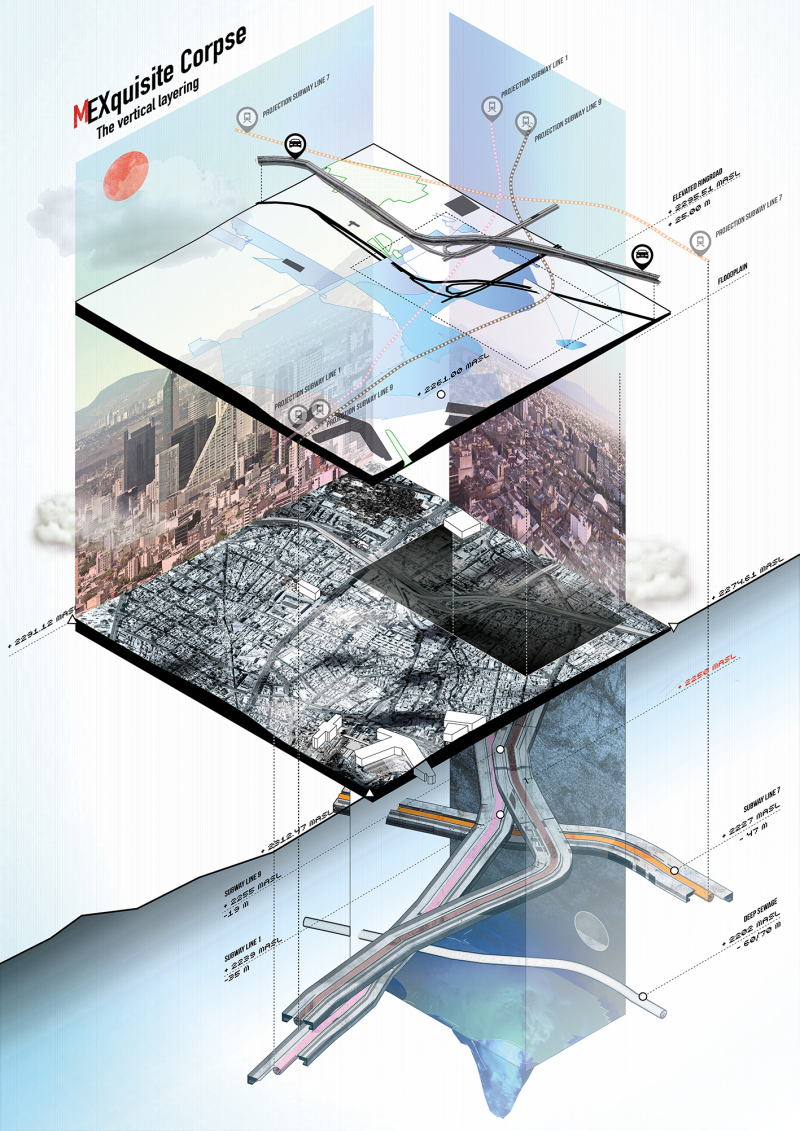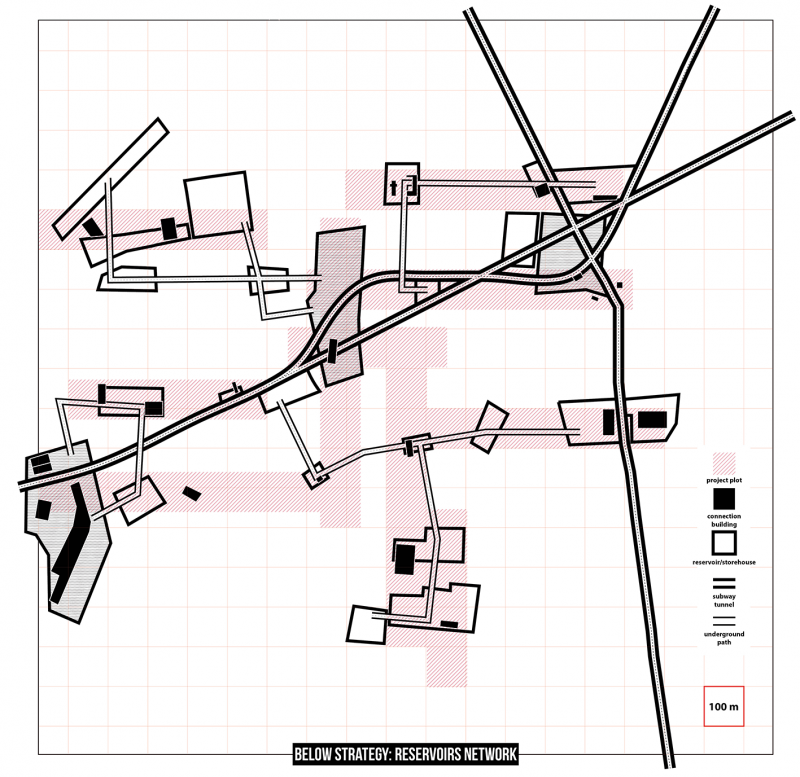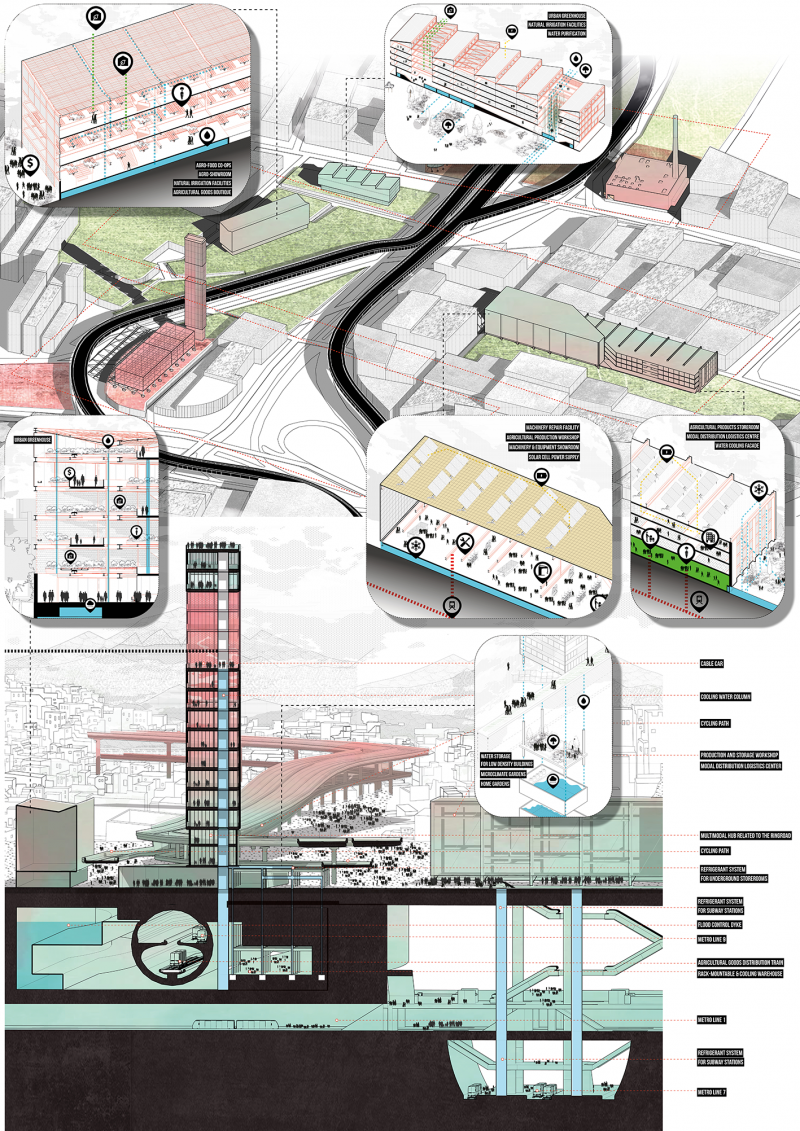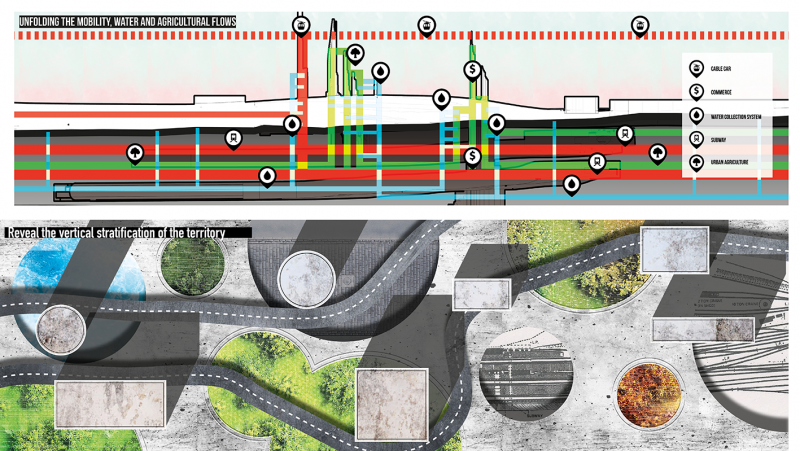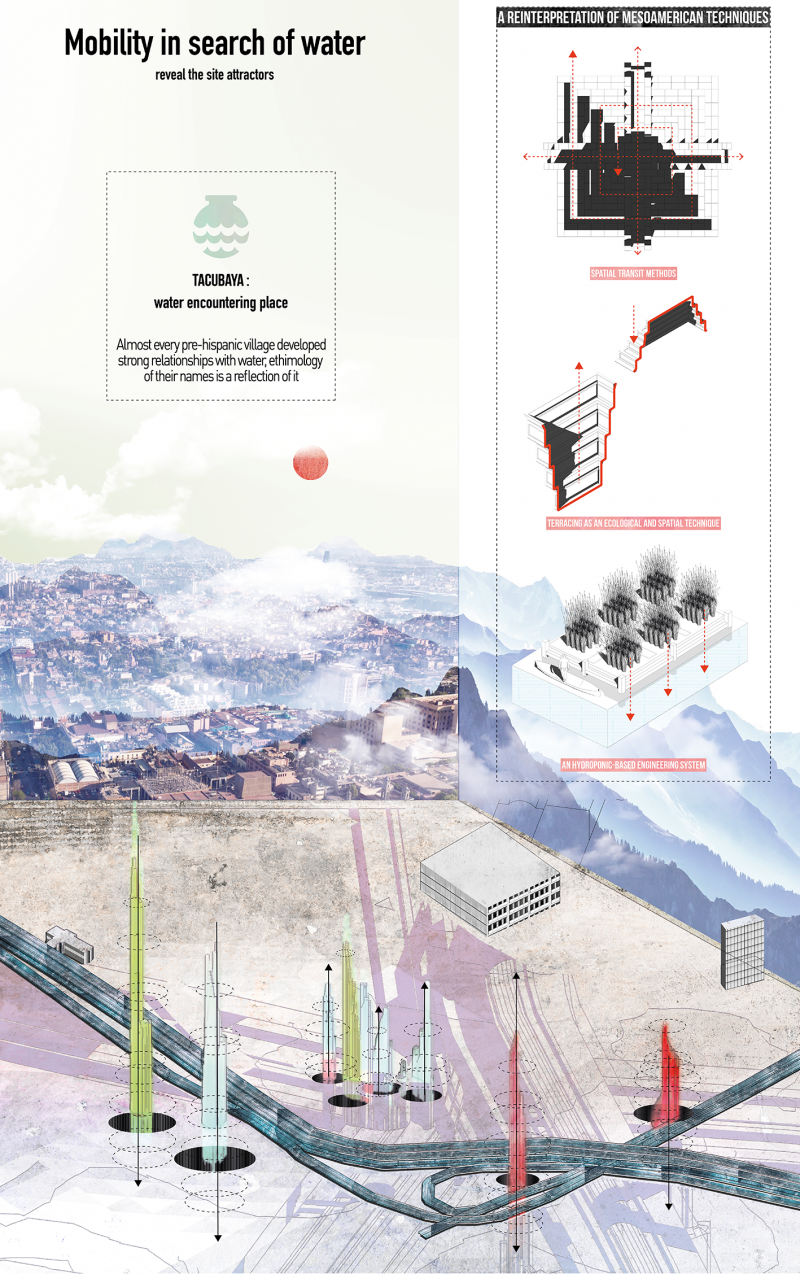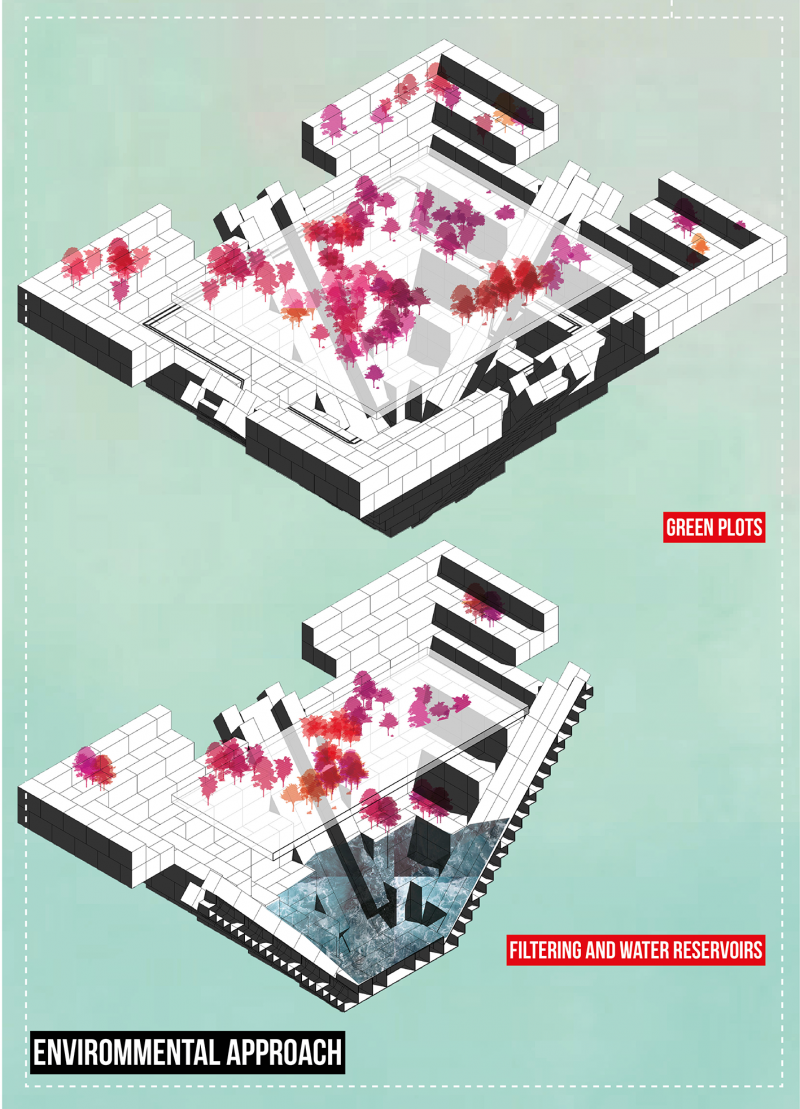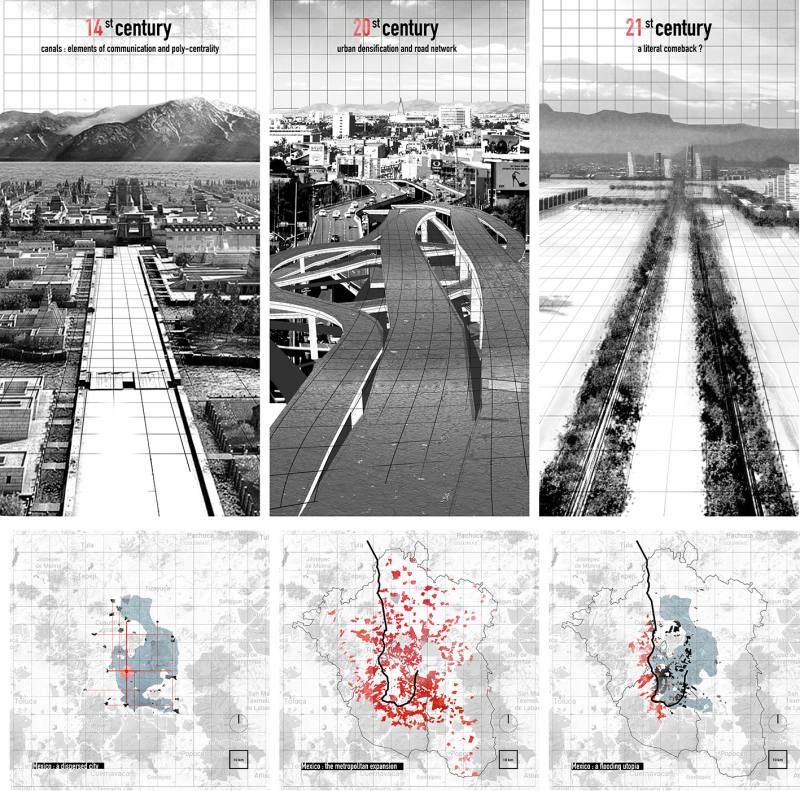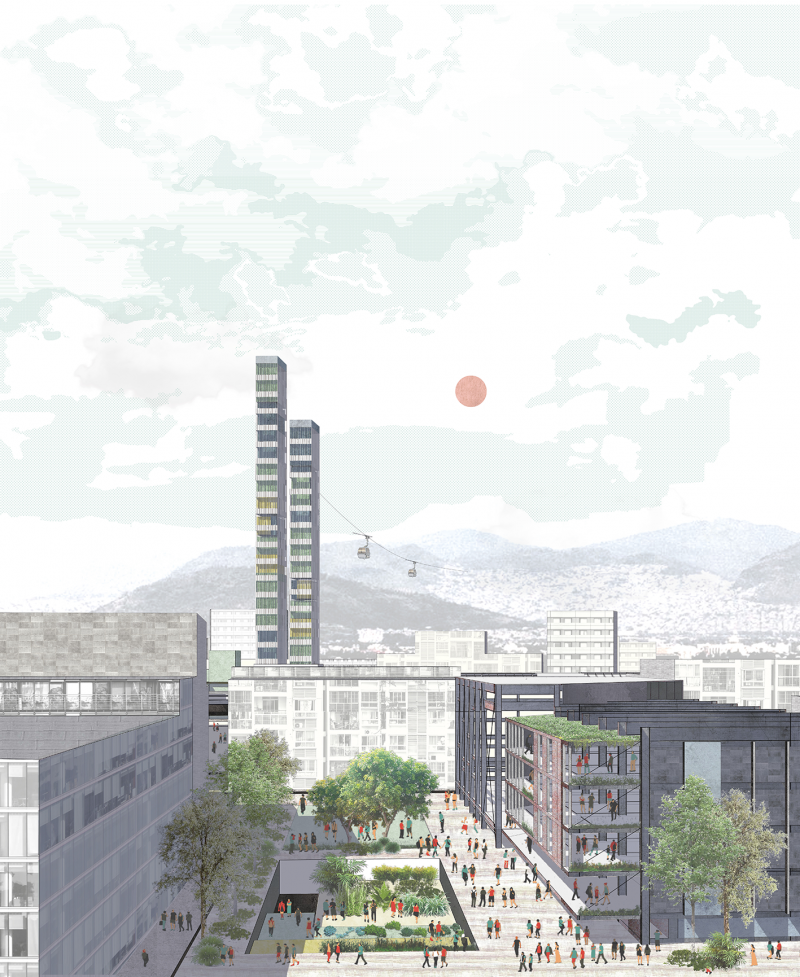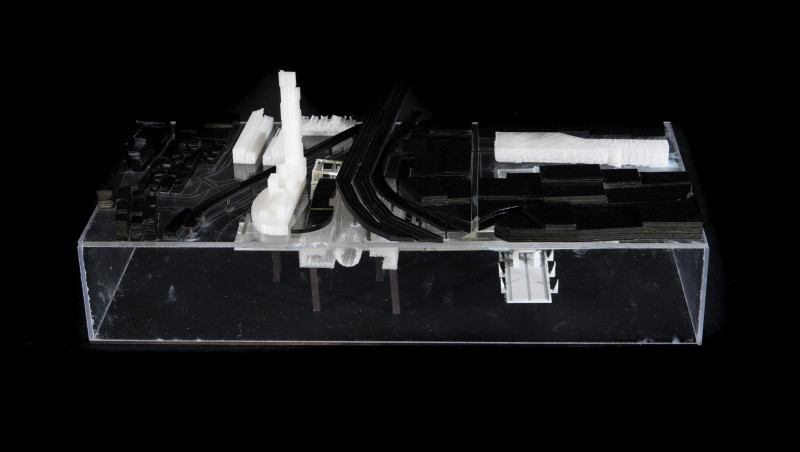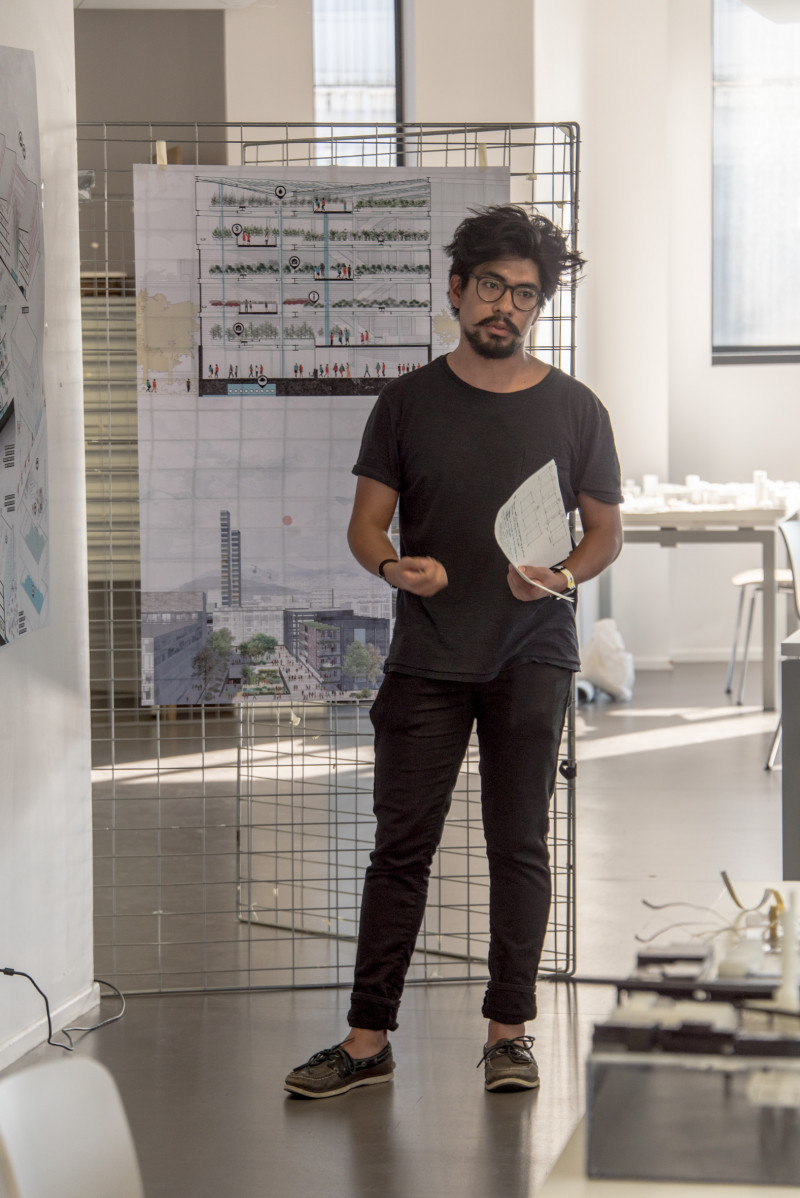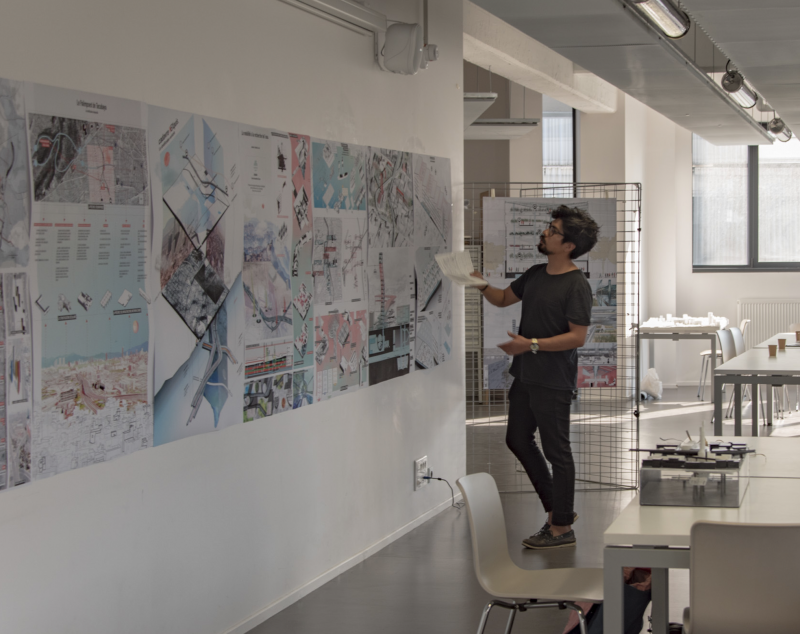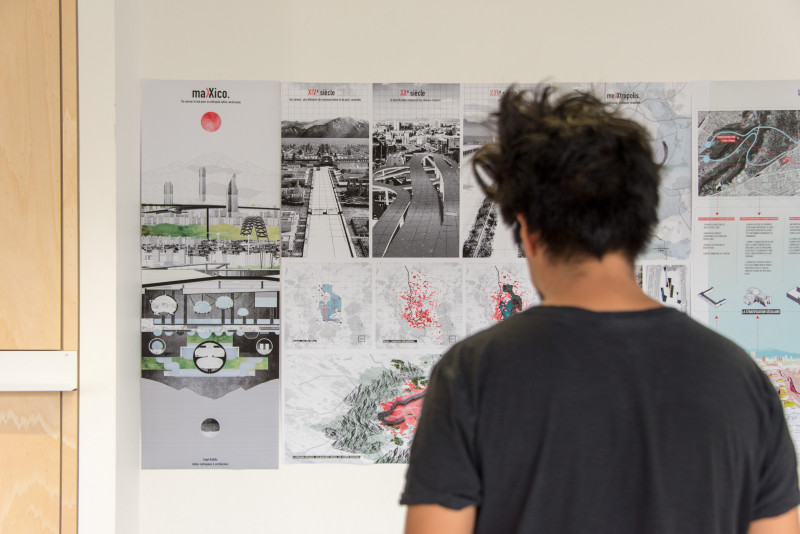MaXXIco
Mexico City is a centuries-old and multi-layered metropolis. Mexico City is first and foremost Tenochtitlan, an Aztec city that emerges from the great lake of Texcoco in the middle of a vast valley. Over time, it has been influenced by both European (XVI-XVIII century) and American (XIV century) urbanism. Today it is part of a global network of metropolitan territories, making it the largest metropolis in Latin America.
This territory features a very powerful interplay between a strong (natural) landscape-influenced history and a present-day reality built on transit mechanisms, public transports and an infinite number of human transfers. Nevertheless, the urban trends in the Mexican mindset prioritize the emergence of the landscaped side of the territory, they do not embrace the enormous metropolitan quality of the city. The traffic devices that were developed in favor of the population movements during the 20th century have become barriers that inhibit the free urban circulation of citizens, they divide society.
The project focuses on the biggest road barrier, the Mexico City ring road, integrating the public transport networks. It aim to renew the typology of the metropolitan hub so that it responds to the lifestyle of the City of Mexico in the 21st century, specifically by reflecting on the slow active movement of inhabitants and the ecological dimension of the Mexico Valley.
Thinking of the ring road as an element to be reworked on, the project adopts an approach of urban recycling and considers the 'void' as a design tool, especially in the vertical sense, by looking into the multi-layered territory.
On a conceptual level, the project seeks the reconciliation of relationships between the ongoing metropolitan mobility framework and the inherited water-based geographical features of Mexico's territory.





